- Home
- Photography
- Focus Issues
Why Won't My Camera Focus. How to Solve Photography's Most Frustrating Puzzle
That question "Why won't my camera focus?" is maddening. It feels personal.
Just last week, it was the only thing I could think about as I watched a string of blurry, useless images pop up on the back of my camera. Each one was a fresh jab of disappointment. The sound of the lens hunting back and forth increasing the frustration.
My first thought was to blame the dog. Juggling my camera, a big telephoto lens, and my rambunctious Saluki on a narrow path is a recipe for chaos. I figured it was just impossible. I had a choice: Finn misses his walk, or the camera stays home.
But the local reserve was calling to me. It was dragon and damselfly time. I had to give it one more try. I love taking photos of dragonflies.
At first, things felt right. I nailed a few sharp flight shots of a Red Kite. A quick glance at the screen showed a crisp image against the sky. The confidence started to return.
As I knelt by the water's edge, a damselfly landed on a nearby leaf, its iridescent wings glimmering in the sunlight like a shard of glass.
I aimed, and… nothing. The lens refused to lock on. The familiar knot of frustration tightened in my stomach.
Have I lost my touch?
Eventually I got a shot and eagerly checked the result. Uggh! Nothing was in focus!
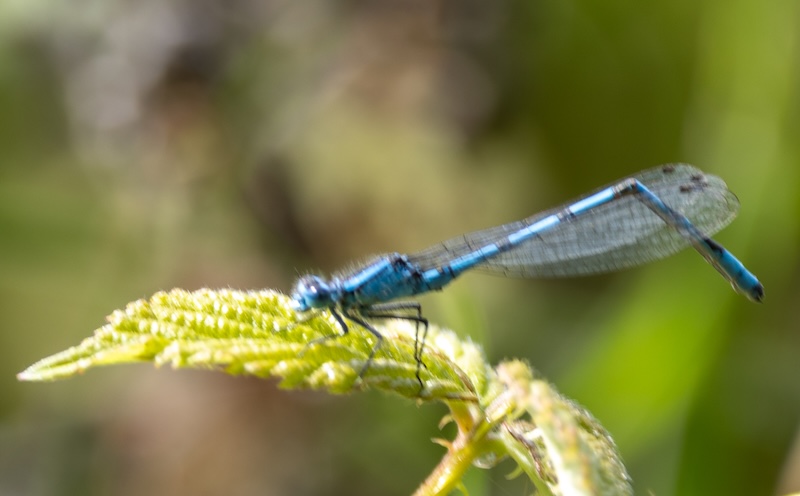
Solving the Puzzle
Giving up was tempting.
But as I knelt there, I made a conscious choice to reframe it. Stop panicking, I told myself. This is just a puzzle. Something is in the wrong place, and your job is to find it.
That simple shift calmed me down. I took a breath and started investigating, beginning with a deliberate, slow review of every button and switch. My eyes scanned the lens, and my fingers instinctively checked the switches. That's when I saw it: the focus limiter switch was still set to '3m - ∞', a relic of my last shoot.
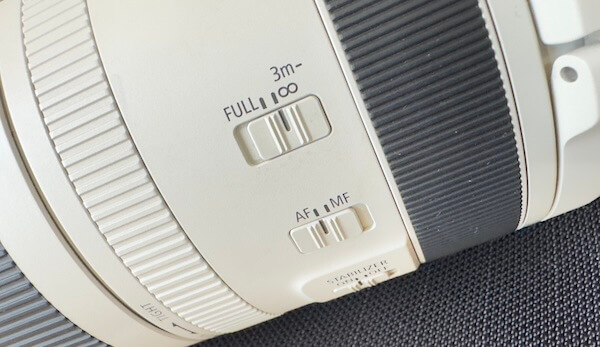
I felt a flush of embarrassment, then a wave of pure relief.
I remembered my last shoot was of distant wading birds, and I'd flicked that switch to stop the lens from hunting through its full range. I just never flicked it back.
I slid the switch to "FULL." Pointed the lens back at the insect, still resting on the leaf. Click. Perfect, sharp focus. I could see the individual tiny hairs along the top of its body. I let out a breath I didn’t realize I’d been holding.
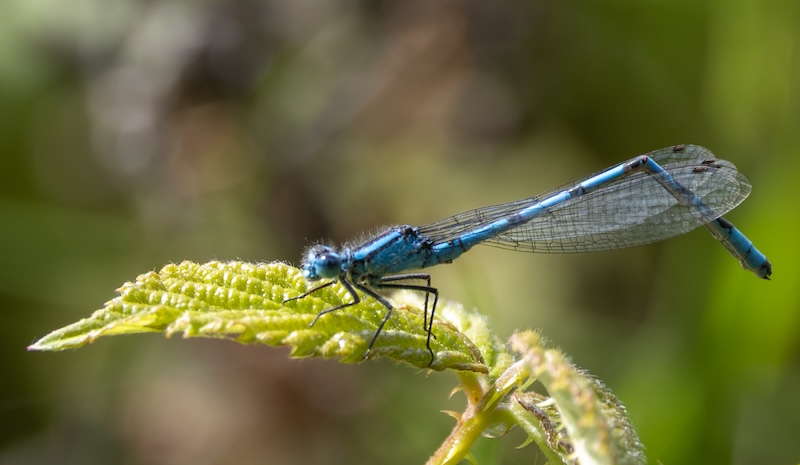
A Lesson Beyond Photography
As I reflect on this experience, I realize that it taught me a valuable lesson that extends far beyond photography.
Frustration is often a signal that we're overlooking a straightforward solution.
This experience has influenced my approach to problem-solving in general. When faced with a challenge, I now take a step back, breathe, and look for the simple answer.
Other Times Focusing Proved Tricky
I've had other experiences where focusing proved tricky.
There's the classic mistake of using the wrong focus mode, which has burned me before.
I mean, how can you mess up photos of an owl asleep in a tree? I did. My camera had been on continuous autofocus, and I let the camera drift to the left, focusing on the background leaves instead of the motionless owl.
Sorry no photos to share with you, I was so disappointed in myself they were instantly deleted once I got home!
I also remembered one time the problem wasn't a switch, but just a smudge.
A greasy thumbprint right on the lens contacts where they meet the camera. The camera and lens weren't talking to each other properly. A quick wipe with a clean cloth, and it was fixed. It's the first thing I check now if a switch isn't the problem.
And then there's the rule I seem to have to relearn regularly: standing too close. Every lens has its physical limit. If you're six inches away and the lens can only focus from a foot, it will never work. The only fix is to take one step back.
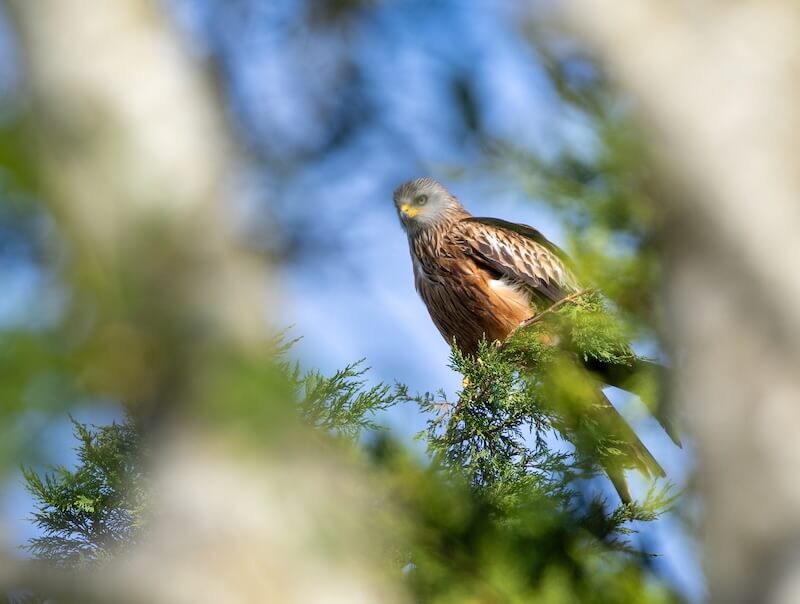
Sometimes the problem isn't a setting, but the scene itself.
Just yesterday, I was lucky enough to have a red kite land in our conifer tree, but it was behind the branches of another tree. The autofocus would not work. It couldn't see the large bird of prey and kept focusing on the tree branches in front.
In that situation, the only answer was to switch to manual focus, which worked perfectly.
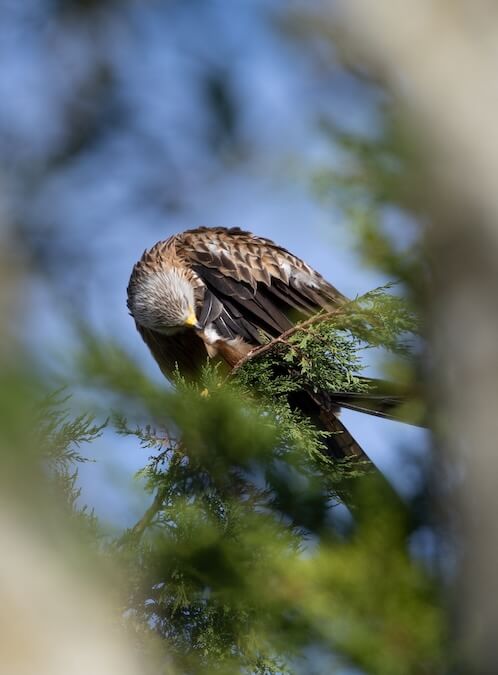
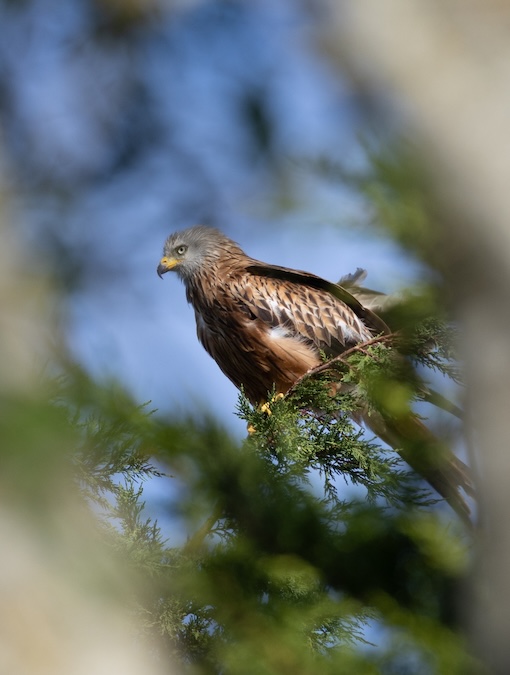
My 'Don't Panic' Focus Checklist
Bookmark this page or take a screenshot of the list below.
Keep it in a 'camera help' folder on your phone.
That experience taught me to stop and think before getting frustrated. Now, when my camera won't focus, I treat it like a puzzle and run through my four S's mental checklist:
- The Switch: Is a focus limiter switch (e.g., 3m - ∞) or the AF/MF switch set incorrectly for my subject?
- The Smudge: Are the gold electronic contacts on the lens mount or camera body dirty? A quick wipe with a microfiber cloth can fix a bad connection.
- The Step: Am I standing too close? Every lens has a minimum focusing distance. The solution is often just taking one step back.
- The Scene: Is something in the way? If branches or fences are confusing the autofocus, switch to Manual Focus (MF) to tell the camera exactly what to look at.
By applying these simple checks, I've significantly reduced the frustration of dealing with focusing issues. It's a lesson that has improved not just my photography but also my approach to problems in other areas of life.
Further Resources
Shooting Photos of Dragonflies and Damselflies
Photographing Short Eared Owls at Nene Washes

About the Author
For me, it’s never been just about bird names or camera settings, but the thrill of seeing a distant speck turn into a hunting kestrel.
After years of learning how to notice and photograph those moments, my camera has become the tool - and this site the field notebook - where I share what I’ve discovered.
If you’re ready to look a little closer, you’ll find the trips, lessons, and small wins that can help you see and photograph the wildlife right on your doorstep.
Step Behind the Wild Lens
If you’ve enjoyed your time here, you can also follow along by email.
I send the Wild Lens newsletter occasionally. It’s where I share:
- Fresh field notes and recent encounters
- The stories behind favourite photos
- Practical tips that don’t always make it onto the site
You’ll get new UK wildlife guides, photo tips, and ideas for your next walk, straight to your inbox.














